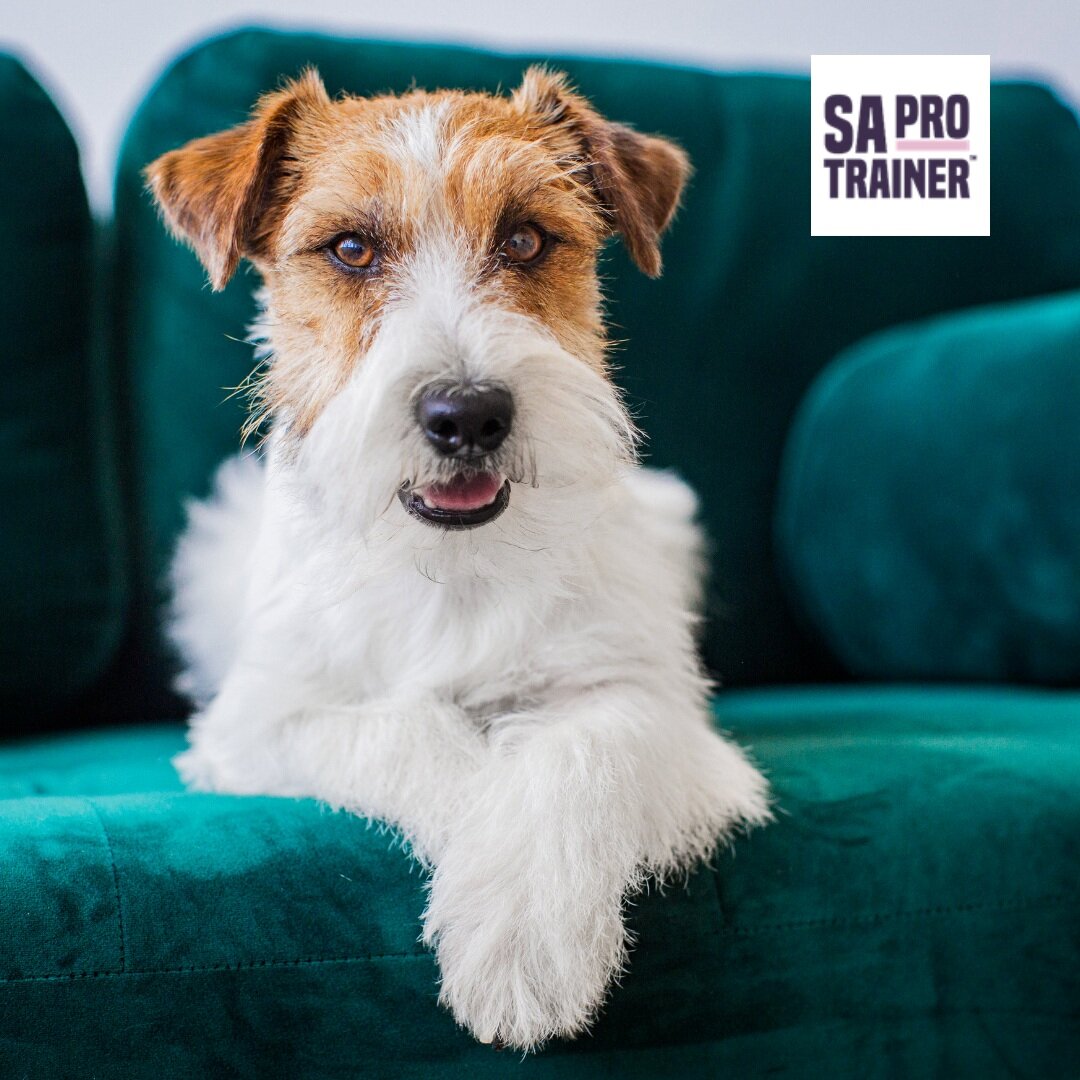Suspending Absences for Dogs Experiencing Separation Anxiety
Suspending Absences
Suspending absences is a critical component of separation anxiety training. Managing absences protects the emotional wellbeing of the dog. It also allows us to maximize training efficiency, increasing resolution rates.
A common phrase among separation anxiety trainers is, "it takes a village." What we mean by this is that it takes a network of friends and family, and sometimes even strangers or hired caregivers to help look over separation anxiety dogs so that they are never left home alone to panic.
How to build your village
Here are a few suggestions for building your village:
Friends and family. Perhaps you know someone who works from home that would love some company during the day while you head to the office.
Neighbors. Neighbors can be great fill-ins for unplanned absences with short notice. Forget something at the supermarket? Need to pick your child up from daycare? Ask a neighbor if they can fill in.
Hired help. Find reliable dog walkers, dog sitters, or doggy daycare.
College students. College students often cannot bring pets with them to school. Perhaps they always had a dog in their home growing up and miss having a pet around. Make a post on community boards or social media outlets looking for volunteers. Even if students cannot take the dog for a full day, an hour or two of help is better than nothing!
Know someone who is retired? Are they home during the day? Could they possibly help?
Post on community boards. See if there are people in your area who are willing to volunteer. You may be surprised at the number of people who would love to spend some time with dogs but cannot have one of their own.
Once you have your village, map out the days and times assistance is required. Ask people to help you fill in the blanks. If people are willing to help who cannot commit to regular hours, use them as a backup in case of emergency.
Making sure dogs with separation anxiety do not experience alone time is a significant challenge. We hope that you find this list of managing absences helpful. If you have other suggestions for managing absences for dogs with separation anxiety, we'd love to hear them. Send us an email!
To learn more about separation anxiety in dogs visit our main page here.


